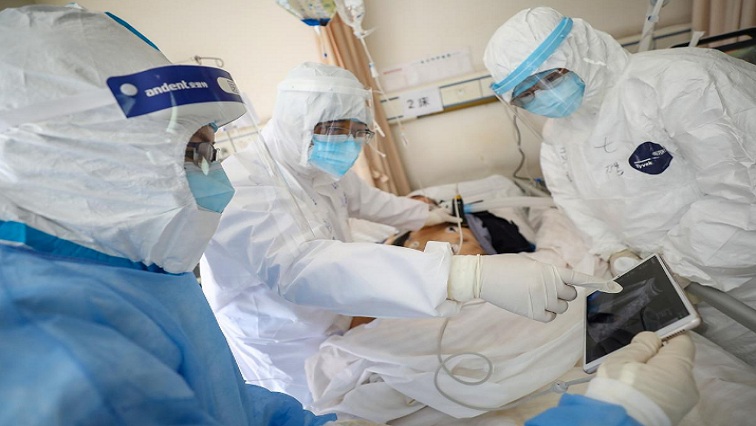The Centre for Disease Control (CDC) has added diarrhoea, abdominal pain, nausea and vomiting to the list of new symptoms for COVID-19.
The Centre for Disease Control says it updated and expanded the list of symptoms based on a detailed review of available evidence on COVID-19.
The centre says older people and those with underlying medical conditions remain at an increased risk for severe illness.
“The new symptoms to the CDC defined list are gastrointestinal symptoms so its diarrhoea, abdominal pain, nausea and vomiting. Now, these symptoms are not new to COVID-19 infection. So the commonest symptoms of COVID-19 are a cough, fever and body aches and pains followed by sore throat, respiratory symptoms, runny noses, chest pains are common symptoms,” says Dr Kerrigan McCarthy, from the National Institute for Communicable Diseases (NICD).
Dr McCarthy says there’s been an accumulation of information leading to a better understanding of the disease in the past few months hence the amendments. She warns the public against rushing to get tested for individual symptoms.
“In the South African guidelines we talk about a collection of symptoms that may indicate that a person has COVID-19, we don’t say one if you diarrhoea go for a COVID-19 test and I think that’s an important message for the public. I think one has to see this in perspective, certainly not a feature in every patient at all and it’s certainly not a symptom that one needs to rush off to the doctor for testing.”
Dr Kerrin Begg, a public health specialist at the University of Cape Town, says it is important to keep up with the changing nature of COVID-19.
“Unfortunately this disease is like a chameleon and as we learn more about it we realise that there are so many other manifestations of the way people present because it’s not entirely a respiratory disease anymore as we had first understood. It’s, in fact, a thromboembolic disease that means that it’s a disease of the blood vessels with inflammation, so the organ that gets most affected or commonly affected is the lungs but there are so many other ways that it can present as well.”
Begg says the asymptomatic cases also add a different perspective to the COVID-19 response. She says in South Africa one of the early concerns was insufficient testing. She adds that even with the increased daily number of tests, “we still do not have a true reflection of the impact of COVID-19, because of asymptomatic cases.”
“So if we do it conservatively, we are looking at, based on our deaths alone at 4.5 to 4.8 million cases in the country. But we are only detecting 125 000 cases. So in one sense, it’s good news and for the vast majority, those cases are likely to be asymptomatic. Many of us may well have had the disease and not ever be diagnosed but on the other hand, it does mean that it makes it very difficult to control the epidemic because so many people are pretty much walking around with it but not knowing.”
Both McCarthy and Begg have pleaded with members of the public to abide by the regulations, now more than ever, and encouraged them to only test for COVID-19 when necessary.






